|
VC-17 is great for fresh water but since Wild Horses will be spending her full-time future in salt water, she needs an antifouling paint that is less ablative than VC-17. We DO NOT want to be in the business of hauling the boat out of the water every 3 or 4 months to apply new antifouling. Hence, “change antifouling pain to something saltwater friendly” got put on our projects list. Note to anyone thinking that this is a fun weekend project. It is not. It is not quick, easy and is nowhere near fun. But getting some tips on what to do and what not to do, helps. Here is our experience. The major steps, in a nutshell…
Crap, that sounds too easy. Let’s unpack it a little. Removing the VC-17 Sandblaster or DIY? We went with DIY to keep the project within our budget and to control our schedule.
Applying epoxy and antifouling
There are many options to manage bringing a dinghy along with you on a sailboat. You can tow it, store it on deck, or you can hang it from the stern of the boat on dinghy davits or a stainless steel arch. When we bought Wild Horses, she came without davits or an arch so we chose to tow the dinghy whenever we sailed. Compared with storing the dinghy on deck, this gave us easy access to hop into the dinghy and head to shore for some exploring and walking the dog. This system worked great but it also left the dinghy vulnerable to theft (cut the tow line, get a free dinghy and motor!) and also slowed the boat down.
|
AuthorMike loves boat projects. Actually, he loves finishing boat projects and he has many on-line and off-line sailors to credit for getting them done. He shares some of them here to pay it forward. ArchivesCategories |
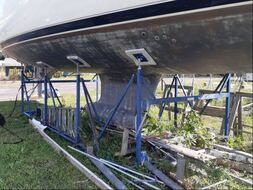
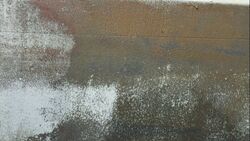
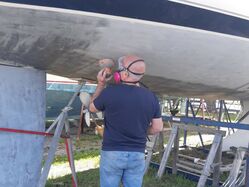
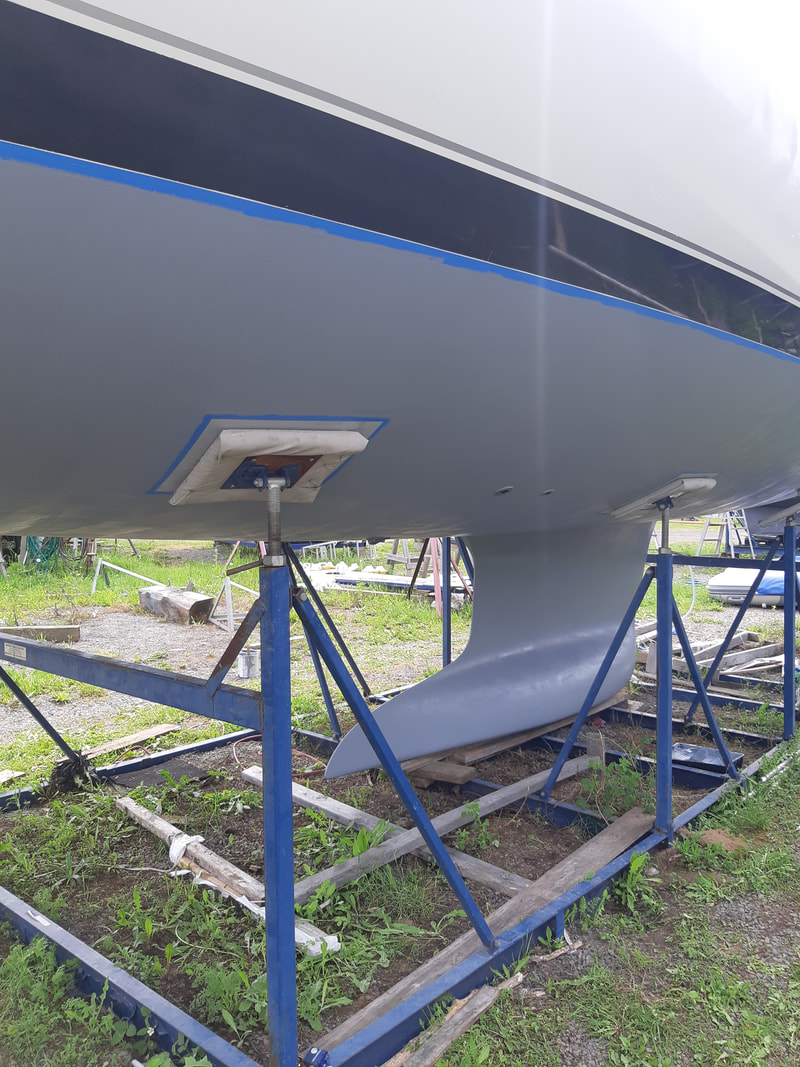
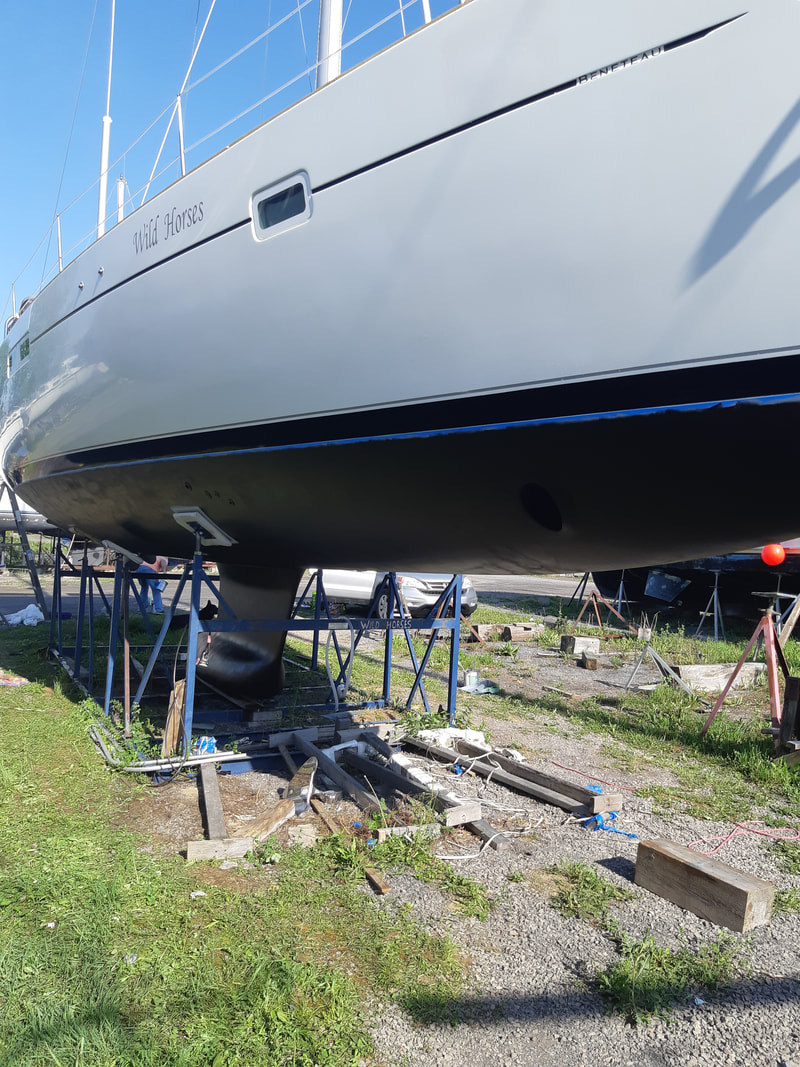
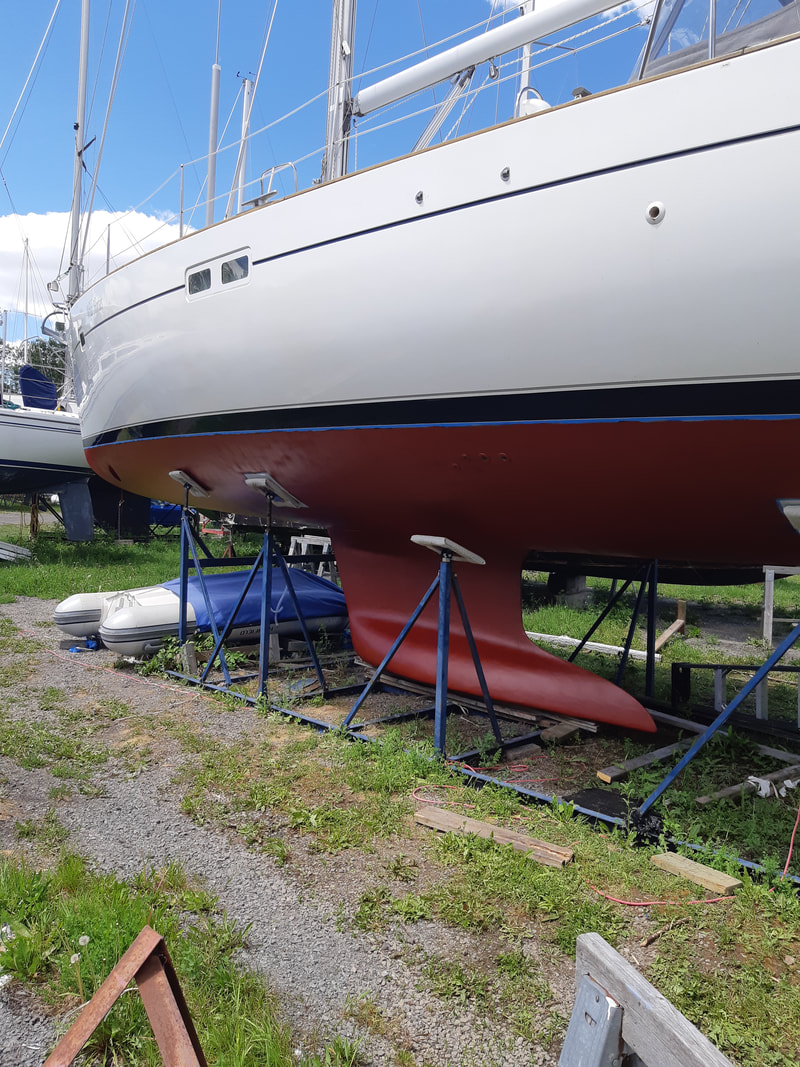
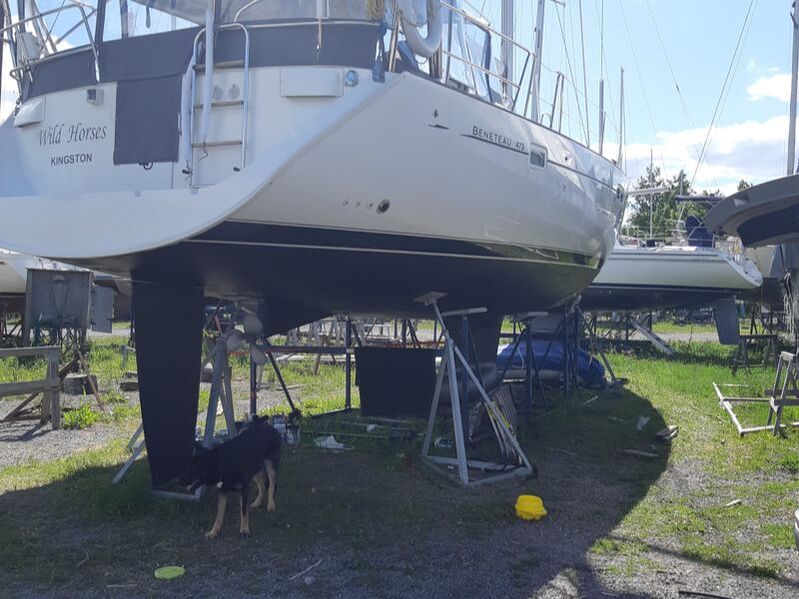
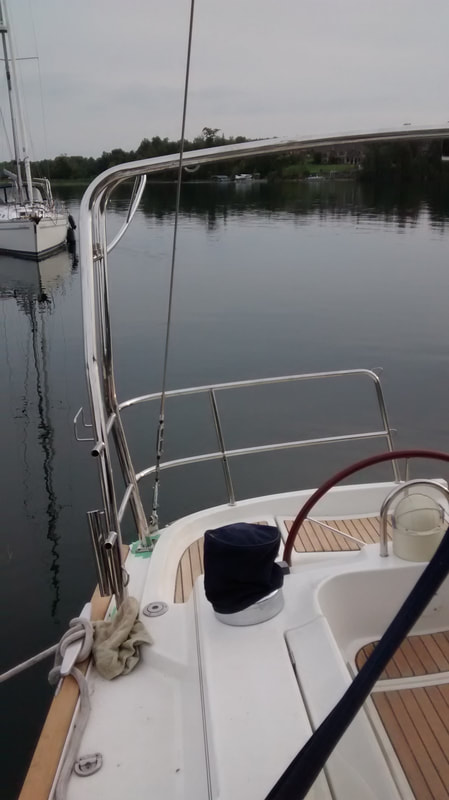
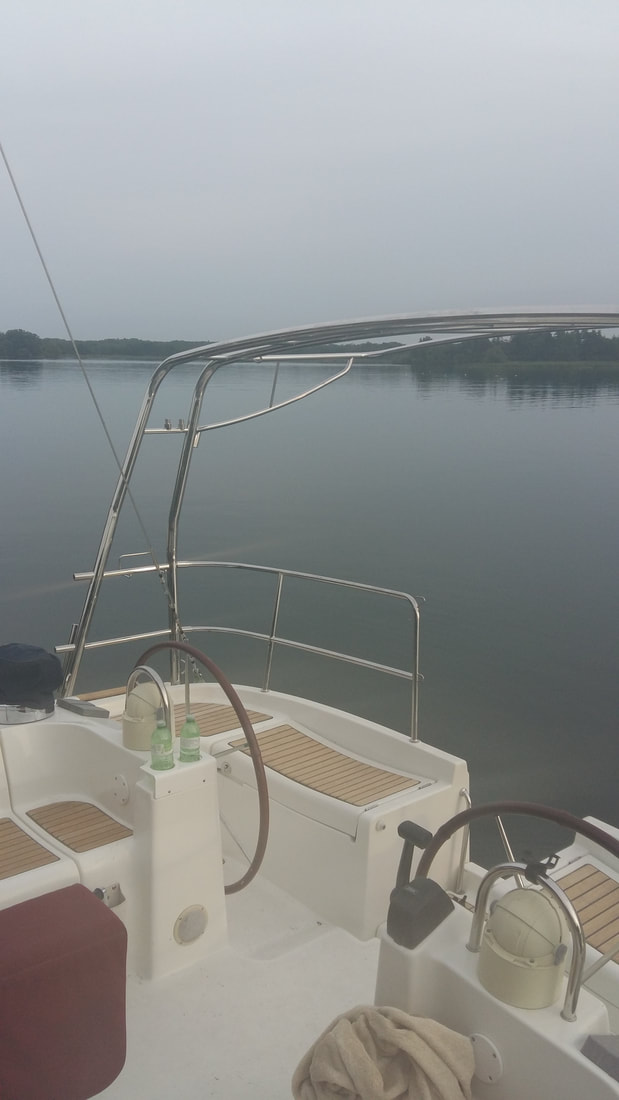
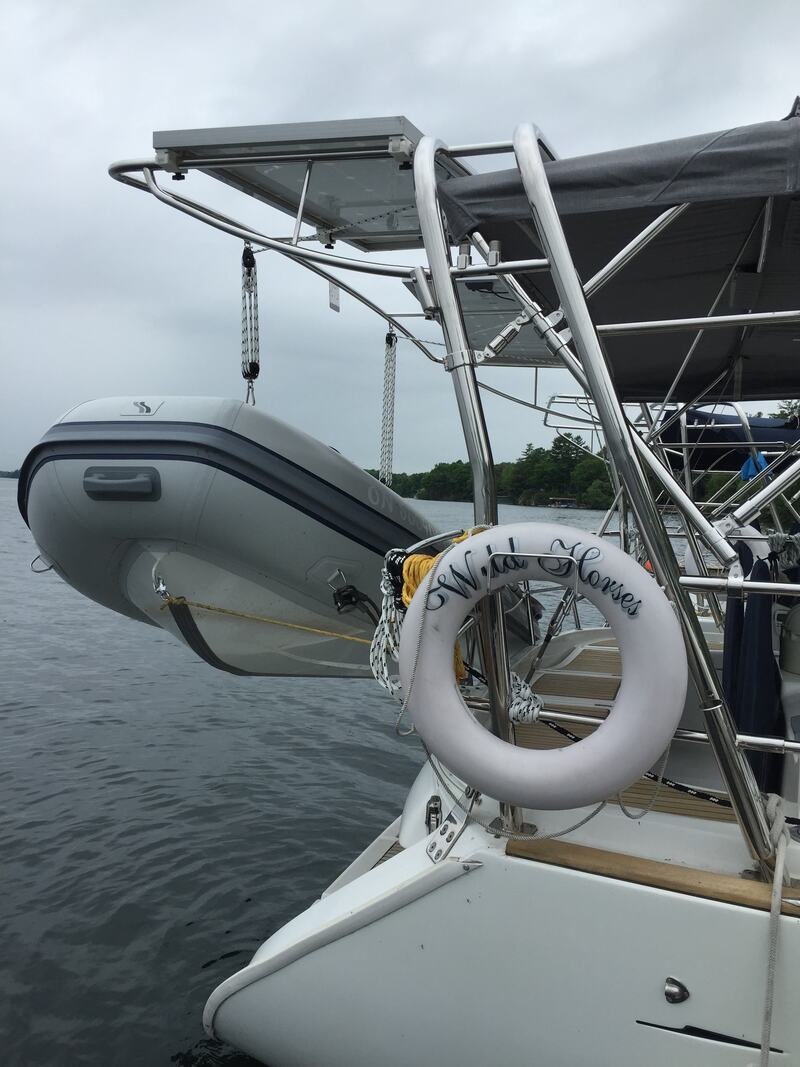
 RSS Feed
RSS Feed
